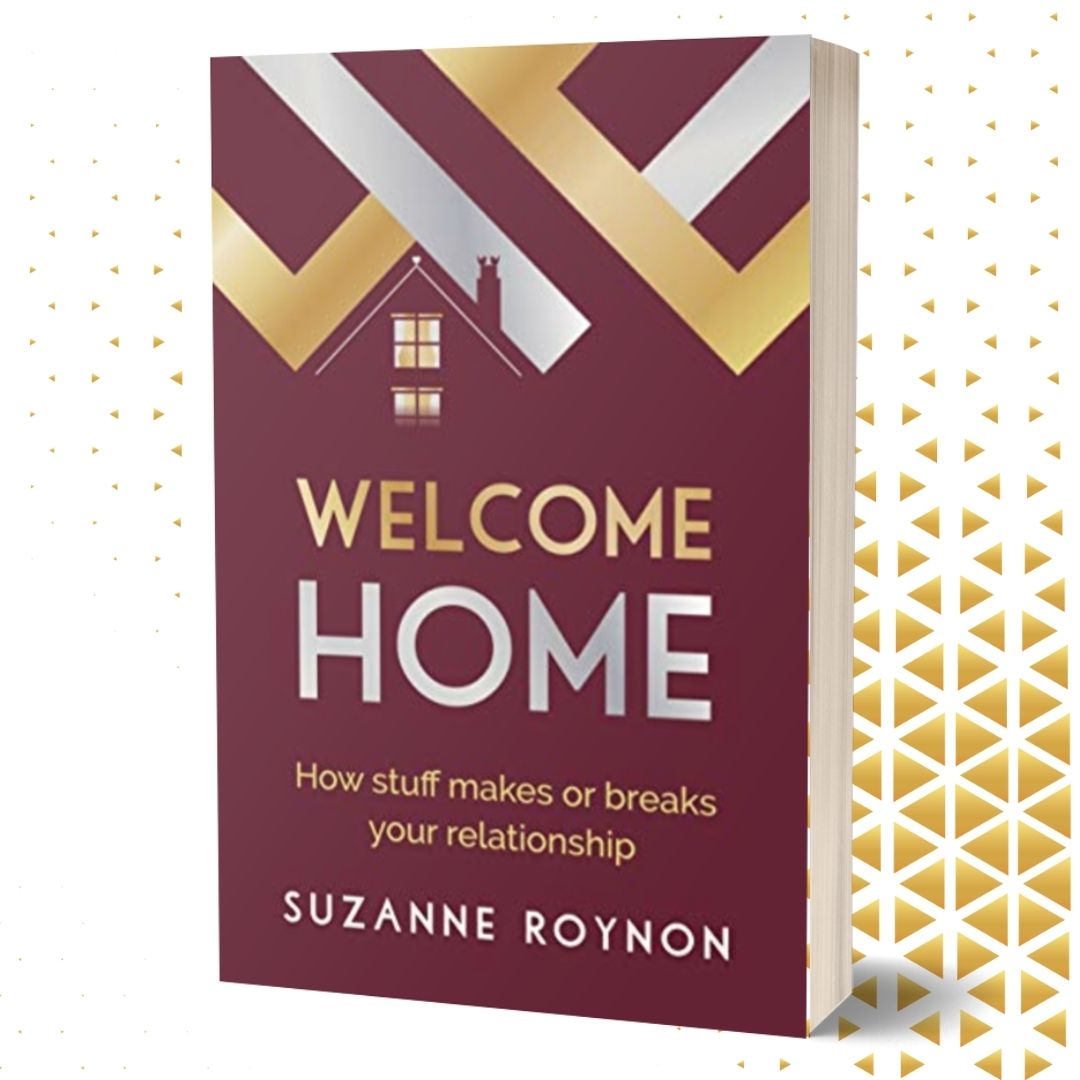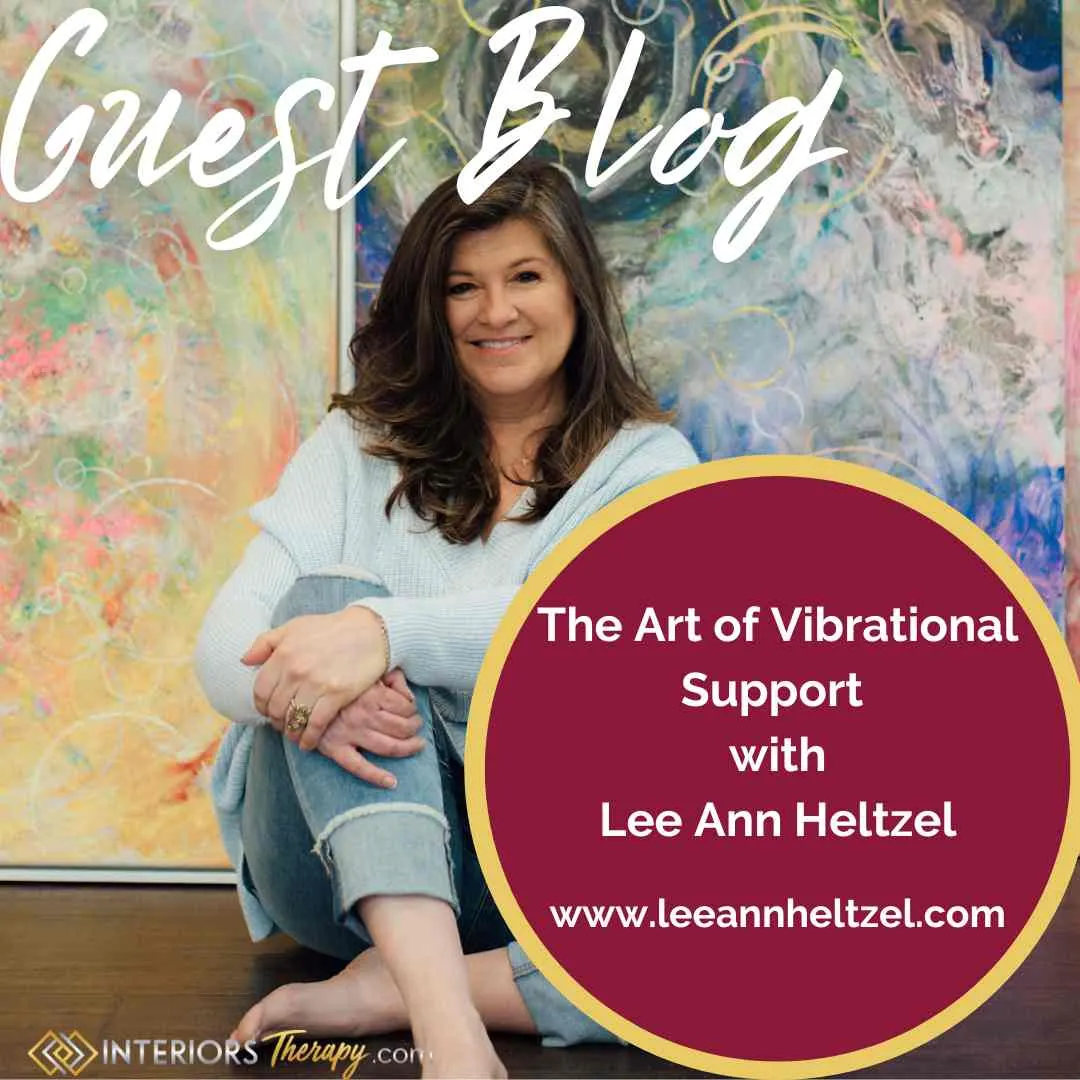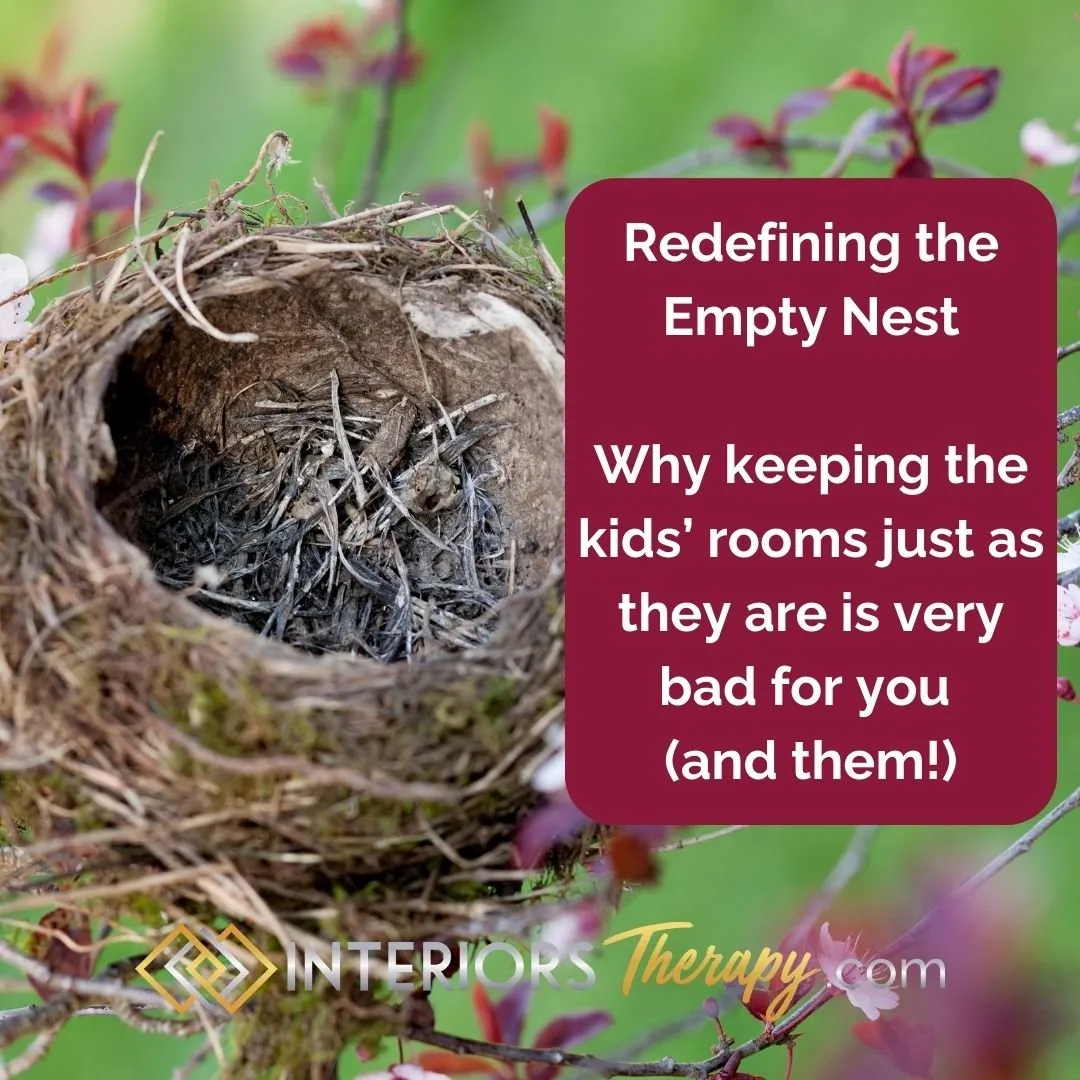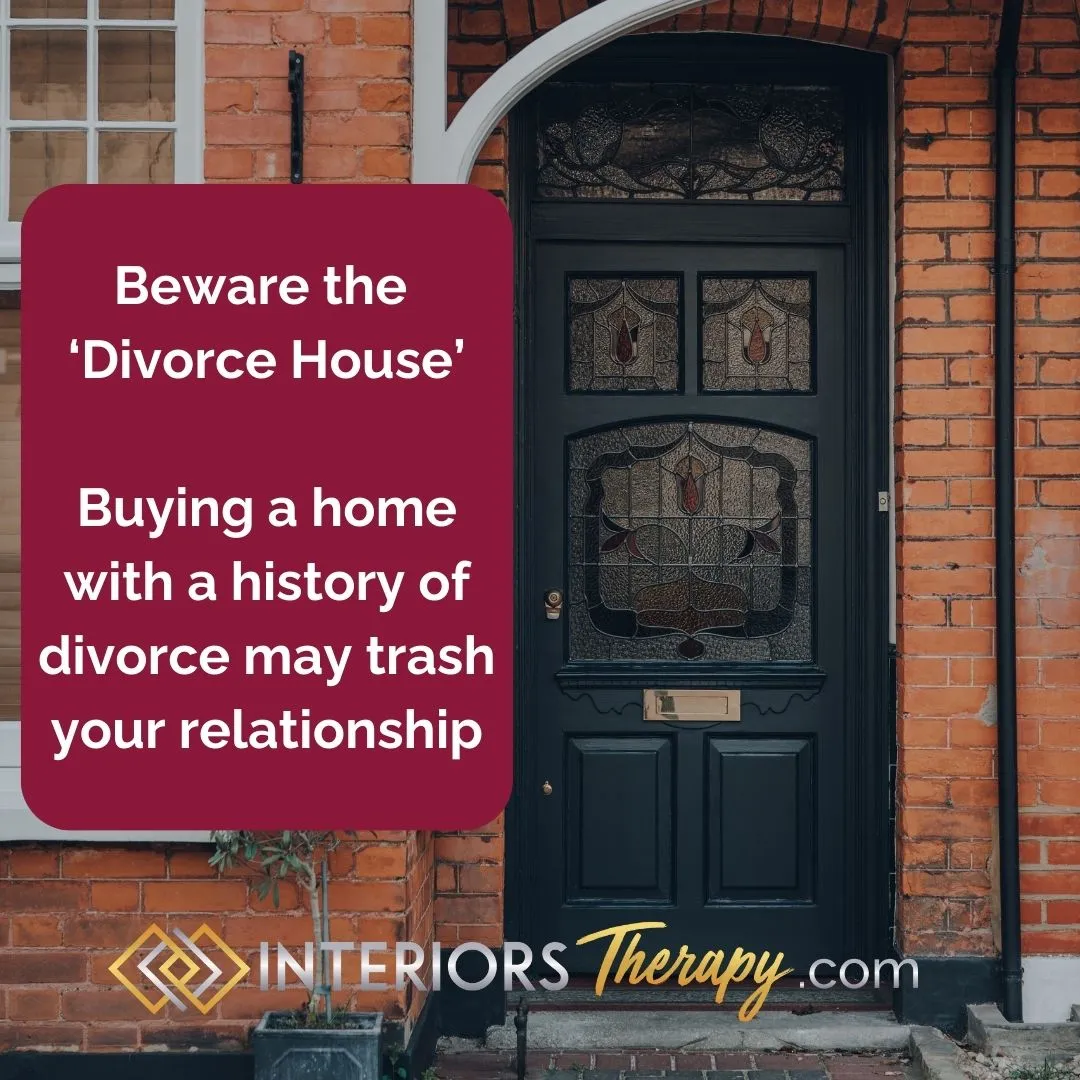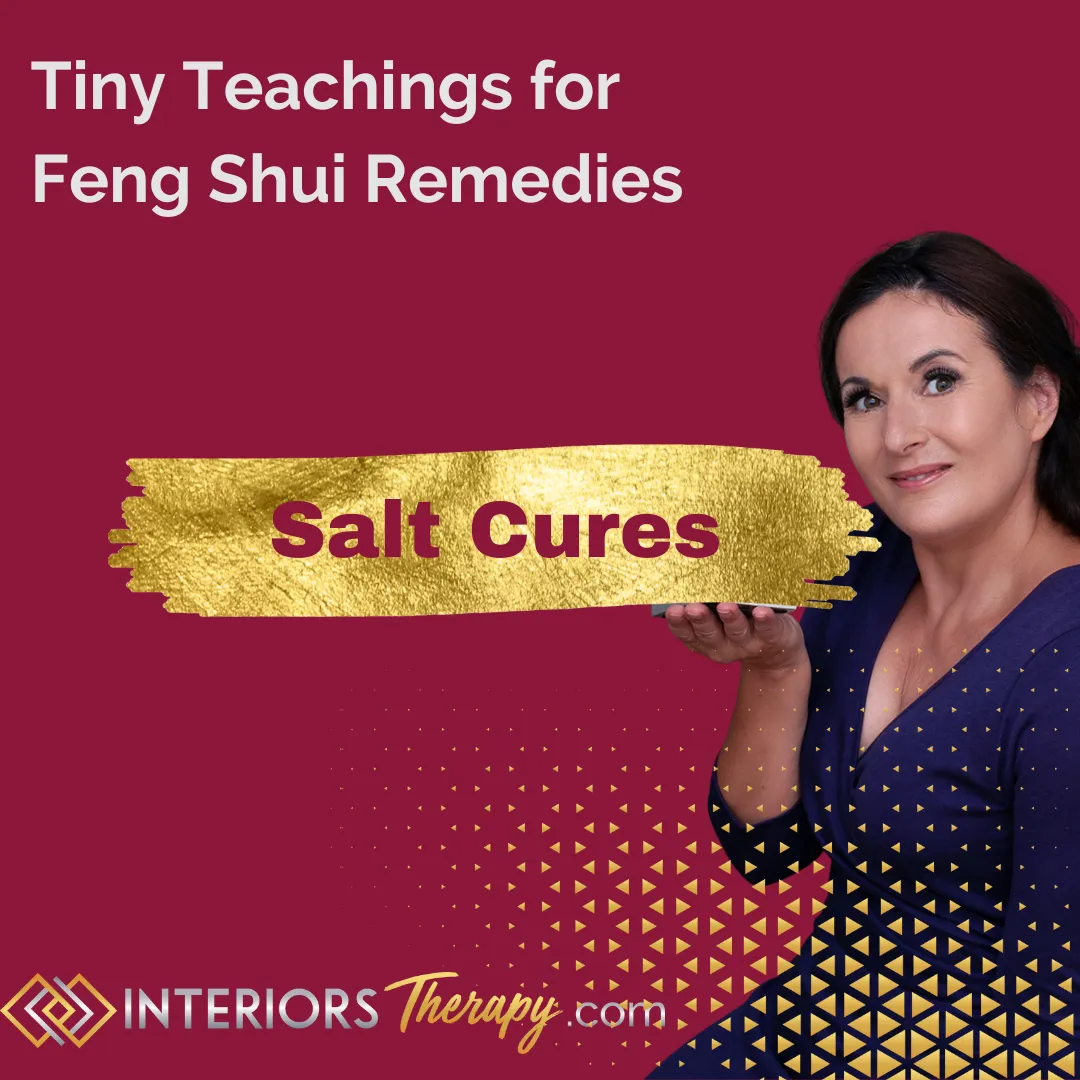Maximalism - handle with care!
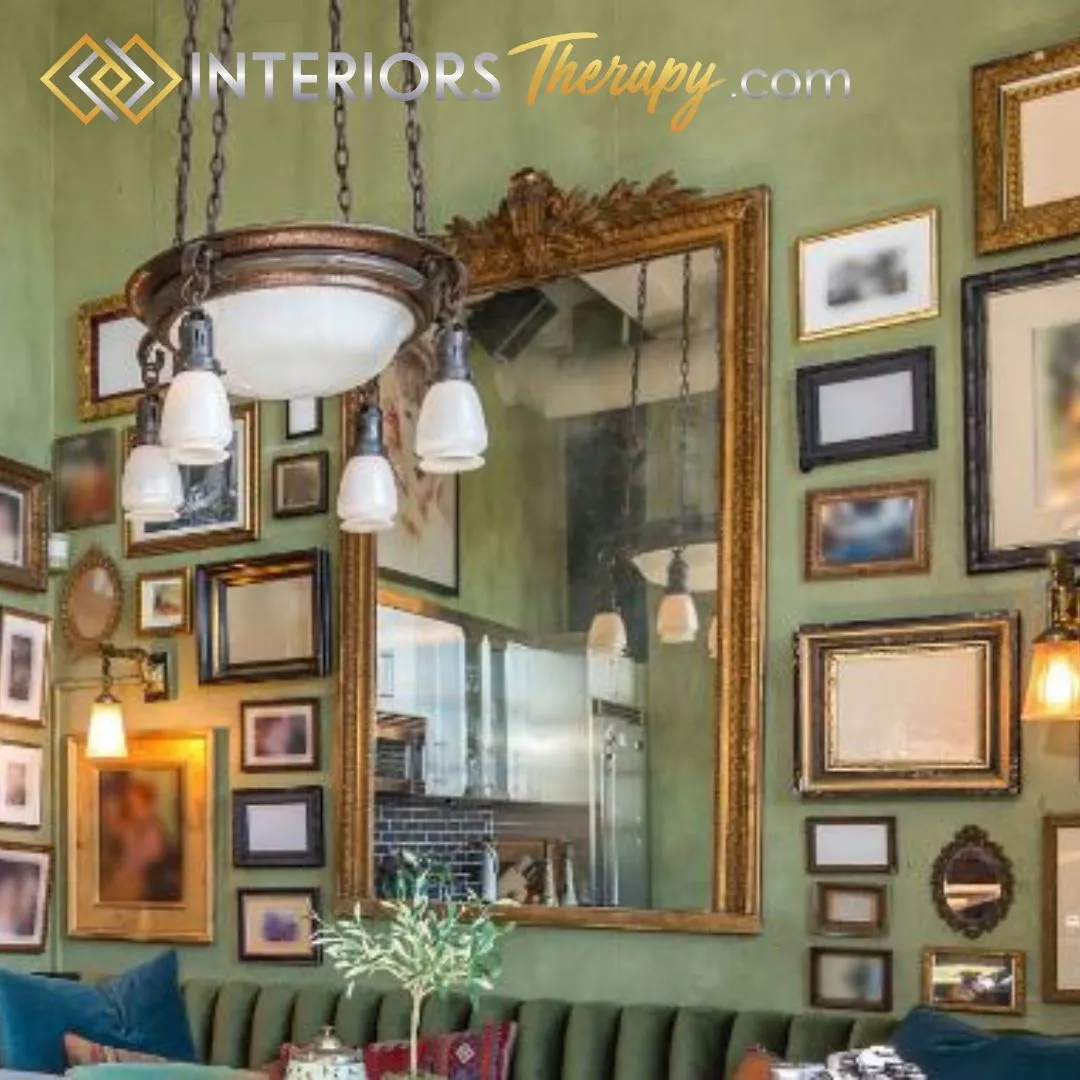
Maximalism has been around a while and the newest incarnation owes its roots to the over-stuffed Victorian homes which treated rooms as a museum of treasures, displaying items designed to enhance the status of the home owner in the eyes of visitors.
These decorative possessions were displayed in busy rooms, the dark walls layered with masses of framed paintings, watercolours and sketches. It was more about what you owned than its value or aesthetic quality.
What felt opulent in a stately home or manor house left the average sitting room stuffy and overwhelmed.
Fast forward to today and Maximalism, aka ‘Cluttercore’ is receiving lavish attention from a range of top flight Interior Designers.
Where once ‘less was more’, and the focus was on the stark minimalist look, emphasizing white, grey and black, which in extreme cases felt cold and unwelcoming, and the neutral tones of the first part of the 2000s are giving way to opulent rooms bursting with objets d’art, furniture and pattern.
Interiors Therapy Expert Suzanne Roynon explains how buying to excess and filling homes with possessions often coincides with a period of social instability. “Last century saw the equivalent of maximalism during the Spanish Flu Pandemic and the First World War, and here we are again with Covid, austerity and political upheaval around the globe. Fear and insecurity seem to generate a psychological need to surround ourselves with abundance for reassurance, whilst buffering us from the outside world” says Roynon.
However, Roynon explains there is a huge difference between curating beloved items into an eclectic and extravagant life affirming home, versus blindly following the latest trend and cluttering up a space.
At its simplest level, cluttered homes are known to be a factor in anxiety, depression, relationship problems, illness, weight gain and even divorce. Having a lot of possessions and visual stimulants, especially when they aren’t used or loved, generates overwhelm and this can have a detrimental impact on mental health and emotional wellbeing for everyone in the family.
So how do you get ‘Maximalism’ right?
“Start with understanding why a Maximalist room feels right to you, what elements do you really love?” says Roynon. “Aside from being a significant financial investment to gather sufficient items and a luxury feel to fulfill the design specification; interiors trends change quickly, so be realistic about whether you plan to stay in this property long term. A Maximalist room could have damaging effect on perceived property value if the room feels oppressive to someone who doesn’t share your sumptuous taste. Also consider how you need to use the space; be sure you have room for all the potential variables like working from home, exercise and entertaining friends.”
To avoid an uncoordinated, jumbled appearance, follow the lead of a professional designer and create a moodboard. Factor in themes, spacing, style and colour. Start with the walls – are you choosing lavish wallpaper? What colour will it be? How many walls do you plan to paper and how will you contrast colour, tone or texture elsewhere in the room?
Notice the focal point of the space – the place your eye is drawn to when you walk through the door - and before committing to final positions, experiment with displaying art and decorative items until it ‘feels’ right.
The new maximalism is more about generating an impression of flamboyant abundance than filling every surface and wall. To Roynon this is welcome news. “ The definition of Interiors Therapy is to surround yourself with elements you use, need and love and choose to release anything which doesn’t serve or nurture a home and its occupants. Keeping roomfuls of stuff ‘just because a trend says so’ is an anathema and will harm a home and the people in it.”
“Done well, Maximalism looks and feels divine” says Roynon who stresses she is not, and has no desire to be, an Interior Designer. “My priority is inspiring clients to create an interiors therapy home which feels fabulous to live in and supports its owner physically and emotionally to the full. If Maximalism brings them happiness, I’ll guide them to combine it with great Feng Shui, so they get to enjoy an auspicious lifestyle, healthy relationships and prosperity alongside their splendid Maximalist style.
